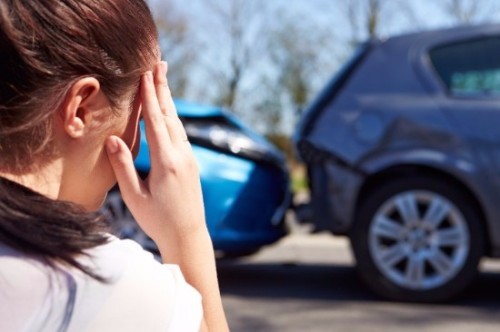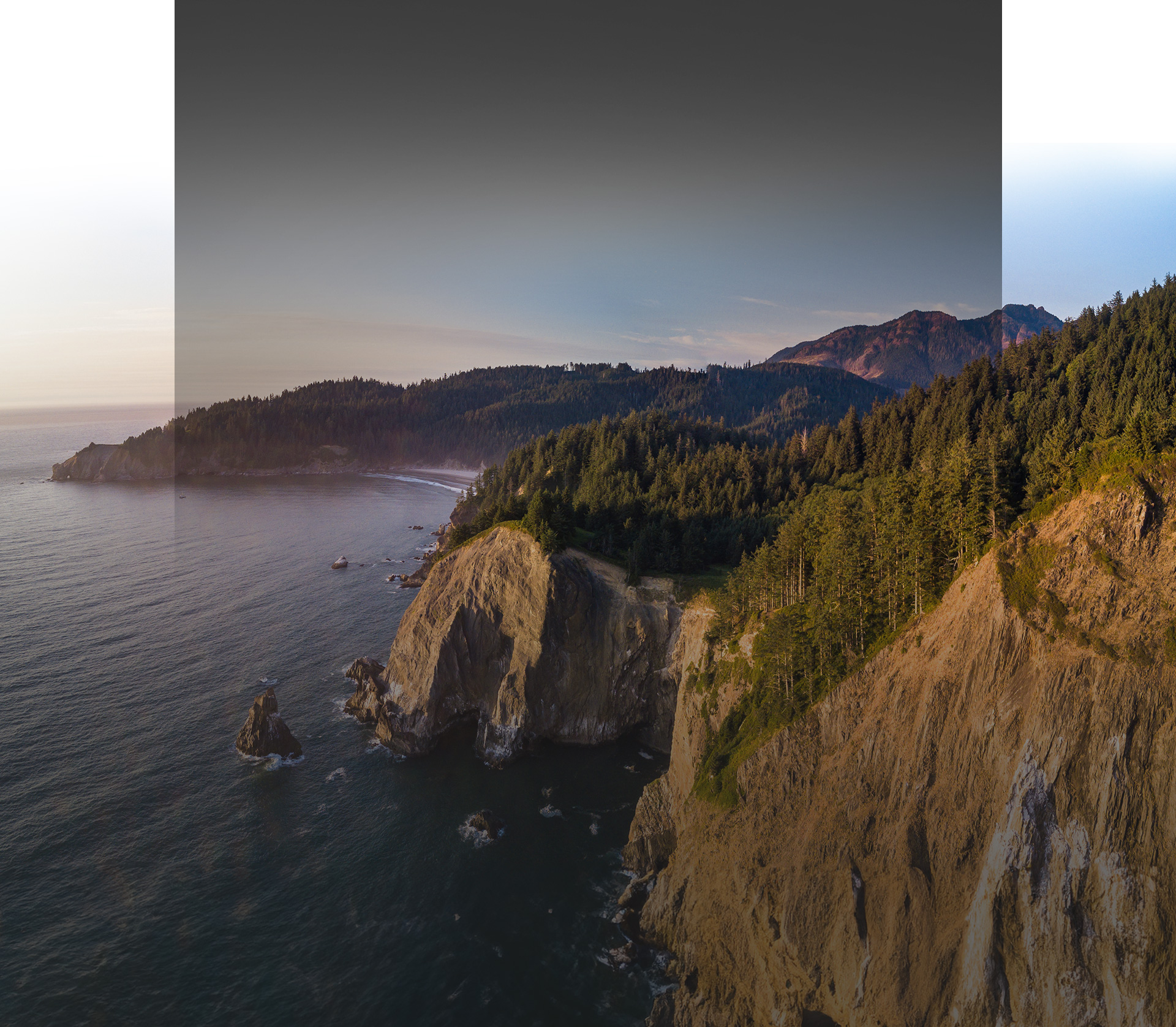In my twenty-plus years of representing people injured in auto collisions, rarely do my clients know what their auto policies cover. Most often I hear, “I have full coverage.” What that means is they don’t really know. I will briefly describe the auto coverages commonly purchased.
In Washington state, if you own a vehicle you must have minimum liability limits for bodily injury of $25,000/$50,000/$10,000. That means that if you cause a collision, your insurance company would not pay an injured person more than $25,000. It also means that if two or more persons are injured, your insurance company would not pay more than $50,000 combined. Your insurance company will pay up to $10,000 for damage to property.[1] For example, the other car, fence, or building that you ran into and damaged. Higher limits are available.
If your car is financed, the company who loaned you the money will most likely require that you have comprehensive and collision coverage. However, these coverages are not mandated by statute. These coverages pay for damage to your vehicle regardless of fault. Usually there is a deductible paid by you. Comprehensive coverage will pay for damage to your vehicle that is not a result of a collision. For example: a tree falls on it, a baseball or golf ball hit your car, or theft. Collision coverage will pay for damage as a result of your vehicle hitting or being hit by another vehicle.
Personal Injury Protection (PIP) is a no-fault coverage. This means the insurance company pays without first making a determination of which driver was at fault for the collision. There is immediate coverage for you and/or your passengers. This coverage also extends to persons injured as a pedestrian or hit on a bicycle. The minimum coverage is $10,000.[2] PIP also has income continuation, loss of services, and funeral expense benefits. When you buy your auto policy PIP must be offered to you. If you choose not to buy PIP, there must be a written rejection.
Uninsured motorist/underinsured motorist (UM/UIM) coverage will compensate you for injuries that are a result of a collision with an at-fault driver that does not have liability insurance or does not have adequate limits to compensate you. Like PIP, when you buy your auto policy this coverage must be offered to you at the same limits as your liability coverage. If you choose not to buy this coverage or limits different than your liability limits, you must sign a rejection.[3]
Unfortunately, when budgets get tight, people often cut corners by not purchasing PIP and UM/UIM coverage. If you are injured in a collision due to the fault of another and don’t have health insurance, you have no way to pay for medical treatment that you may need. Also, if you are injured by an uninsured driver, you will not be compensated for the injuries or property damage.
It is very important that you understand how to read your insurance policy. Auto insurance policies are confusing documents, and I recommend you call your insurance agent and review your policy with him/her to ensure that you have adequate coverage.
[1] RCW 46.29.090
[2] RCW 48.22.095
[3] RCW 48.22.030
The post Do You Know What Your Auto Policy Covers? appeared first on Palace Law LLP.







